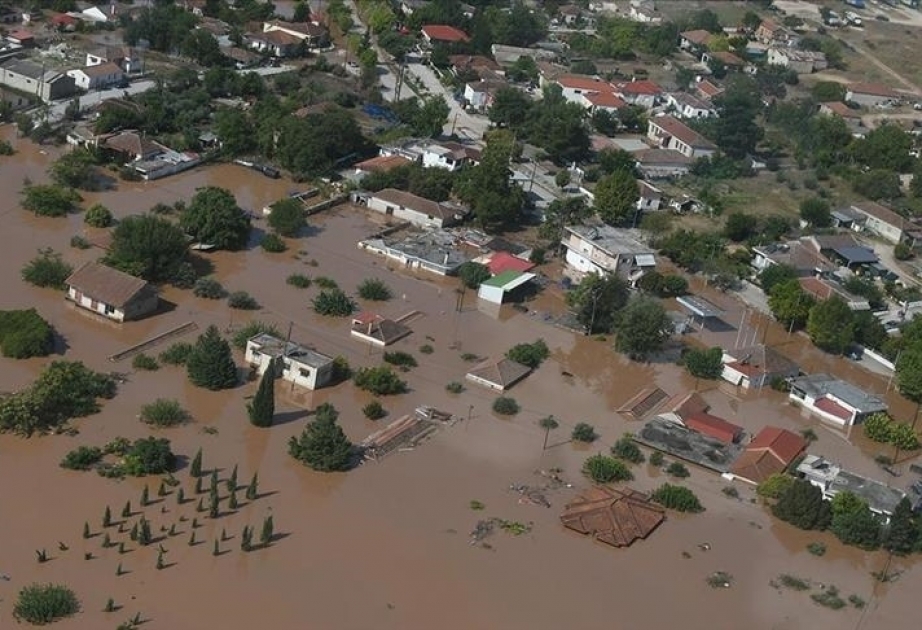While climate disasters are becoming a bane the world over, the Mediterranean region has been hit particularly hard this year, with heatwaves, droughts, wildfires and floods ravaging countries such as Spain, Italy, Greece, Türkiye, Bulgaria and, most recently, Libya, according to Anadolu Agency.
Greece dealt with numerous extreme weather events, including mega wildfires in the central Attika region and the northeastern region of Evros, the biggest in Europe in the last 20 years that devoured over 80,000 hectares (nearly 200,000 acres) of forestland.
Local and international experts and health organizations have pointed out that the blazes pose several direct and indirect, immediate and long-term threats to public health.
The list is long and daunting, from burns and injuries caused by direct exposure to flames or radiant heat, to heat-related illnesses such as dehydration and heat stroke, and chronic respiratory diseases because of the smoke.
The floods that battered Greece’s central region of Thessaly have further raised serious concerns for public health, as they destroyed or severely damaged water systems of many towns, leaving tens of thousands of people without access to clean water, and killed hundreds of thousands of livestock.
The main health risks from stagnant floodwaters are waterborne and vector-borne diseases, along with diseases transmitted through rodents or other animals, according to Dimitrios Paraskevis and Kassiani Mellou, senior experts at Greece’s National Public Health Organization (EODY).
Personal hygiene measures are of the utmost importance at this time for the affected populations, they told Anadolu.
“The quality of water is continuously tested, and a great effort is being made to restore the systems in affected areas,” the experts added.
Speaking about the increased presence of mosquitos due to stagnant water, Paraskevis and Mellou said: “As West Nile Virus cases have been detected during this summer in some of the affected areas, specific measures were taken and public health authorities remain vigilant. Entomological surveillance in the affected areas has been intensified after the catastrophic floods.”
They emphasized that surveillance systems have not identified any severe health risks for the population until now.
“However, actions are taken to assure early identification of possible risks, including intensive laboratory testing and implementation of an ad-hoc syndromic surveillance system in affected areas,” the experts added.
Gkikas Magiorkinis, a senior expert on hygiene and epidemiology at the University of Athens’ Medical School, stressed that the main source of public health risks in Thessaly is the combination of stagnant water, damage to sewage systems, and dead animals.
“You cannot disentangle these three sources currently in Thessaly. They are intermixed and they are all part of the same source of potential infectious diseases,” he told Anadolu.
“The main disease threats are infectious gastroenteritis and hepatitis A and E from the mixture of sewage in stagnant water, and leptospirosis due to dead rodents in stagnant water.”
The primary public health objective in the current phase is ensuring access to clean and potable water, he said.
Magiorkinis also stressed the need for awareness drives in flood-stricken areas to inform people of precautionary measures to avoid diseases and potential infections.
















